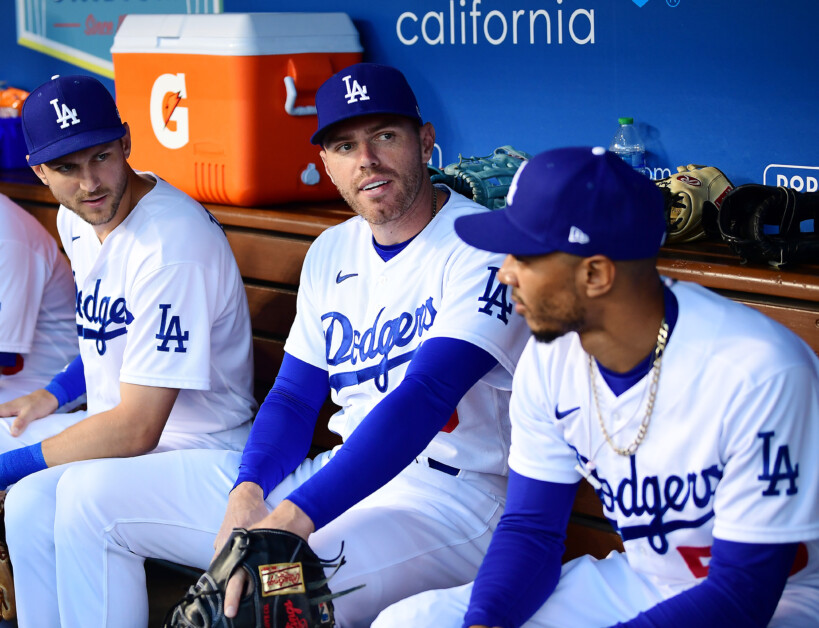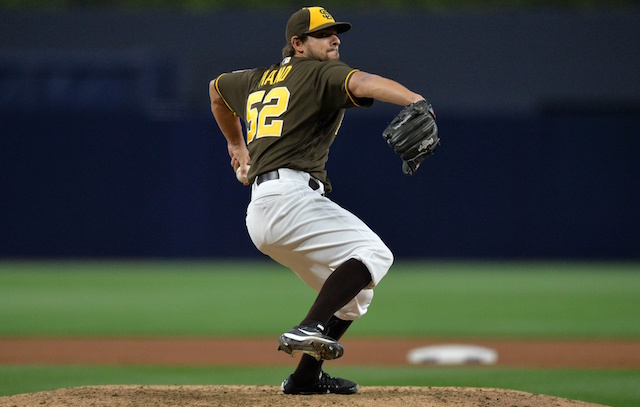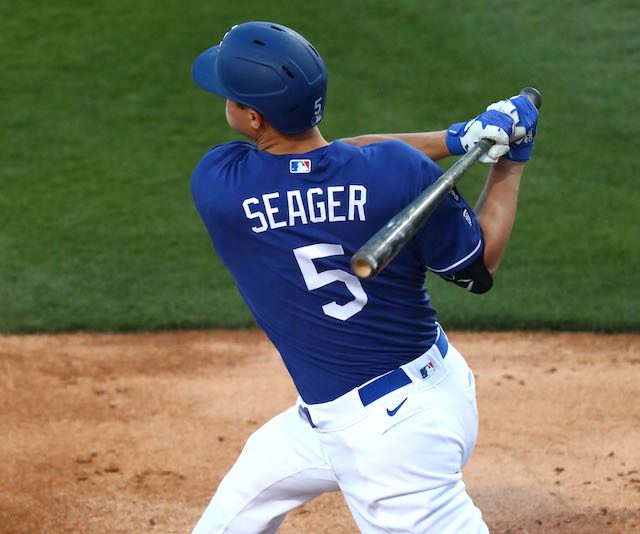As we near two weeks of life without the Los Angeles Dodgers, my head is still spinning as I try to understand what went wrong. Yes, the Chicago Cubs were a better team in nearly every facet of the game, but it was the postseason — a time when that usually is rendered irrelevant.
The Cleveland Indians finished a half-game out of the best record in the American League but are without their second and third-best starting pitchers. Did it matter? Not in the slightest. They won 10 of their first 12 playoff games and currently hold a 3-2 lead in the World Series.
And this season isn’t a fluke. Last year the Kansas City Royals won the World Series despite getting 10 starts from Edinson Volquez and Yordano Ventura, in addition to the four Johnny Cueto gave them.
Combined, the trio of pitchers allowed 42 earned runs in just under 75 innings — good for an 5.06 ERA.
Yet the Royals won the World Series.
Of course, we could go back and look at the San Francisco Giants teams of even years and find a similar story; the best team just doesn’t seem to win.
But as I rattle all of this around in my brain, I begin to wonder: is there a common denominator? Is there a strand of strategy that stretches through successful teams in the playoffs?
And more importantly: are the Dodgers missing it?
The truth is, the more I think about it, the more I realize the answer might be yes to all of these questions.
As I look at the teams still alive in the postseason, and most of those who have found success in recent years, one common theme I find is: quality over quantity when it comes to pitching.
It seems obvious, right? In the playoffs, having smaller numbers of elite players is more important than larger numbers of good players.
But there’s a problem with this logic. It seems as if quantity over quality — the exact opposite — is the recipe for regular-season success.
Take the 2016 Dodgers, for example, their pitching ranked: fifth in the league in team ERA, first in strikeouts, sixth in ERA among starting pitchers, first in ERA among relievers, first in inning pitched from relievers and first in strikeouts among relievers.
Those are all impressive numbers but they don’t even begin to tell the full story. The Dodgers did all of that despite sending 16 different starting pitchers to the mound this season, plus 15 relievers used.
The key to the Dodgers’ pitching success this season? Depth.
Get to the postseason, however, and no one cares who your Nos. 12-31 pitchers are. They only care about the 11 you pick for the playoff roster. And, well, that was a problem for the Dodgers.
Clayton Kershaw and Rich Hill were good (at times), as was Kenley Jansen (again, most of the time). Beyond that? Yikes.
If you look at the Cubs and the Indians, the reason for their success is because of the amount of high-end talent on their staff. Both teams have a bonafide ace (Jon Lester, Corey Kluber), an elite “closer” (Andrew Miller, Aroldis Chapman) and multiple other pitchers trusted out of the bullpen.
The Dodgers lasted as long as they did because of Kershaw and Jansen, but as soon as the season was put into the hands of the likes of Joe Blanton, Kenta Maeda and others, the Dodgers were toast.
That’s no disrespect to those pitchers — they had fantastic seasons — they just aren’t the horses you can plan on riding to a championship.
So, what’s the solution?
The good news is that the Dodgers’ depth isn’t going anywhere. They’ll return a fair share of MLB-quality starting pitchers next season, as well as a large portion of their bullpen group.
The question is whether they can add the high-end talent to that group (or, in the case of Jansen, keep it around). The Dodgers will need that talent come the postseason.
If the Dodgers can keep Jansen while adding another elite reliever and add an elite starting pitcher (or, you know, just not have 50 perfenct of their rotation injured all season), it appears as if the puzzle will be complete .
Obviously, that’s a lot to ask for. And it also assumes that constructing the perfect team is the key to winning a championship.
Then again, it couldn’t hurt.








